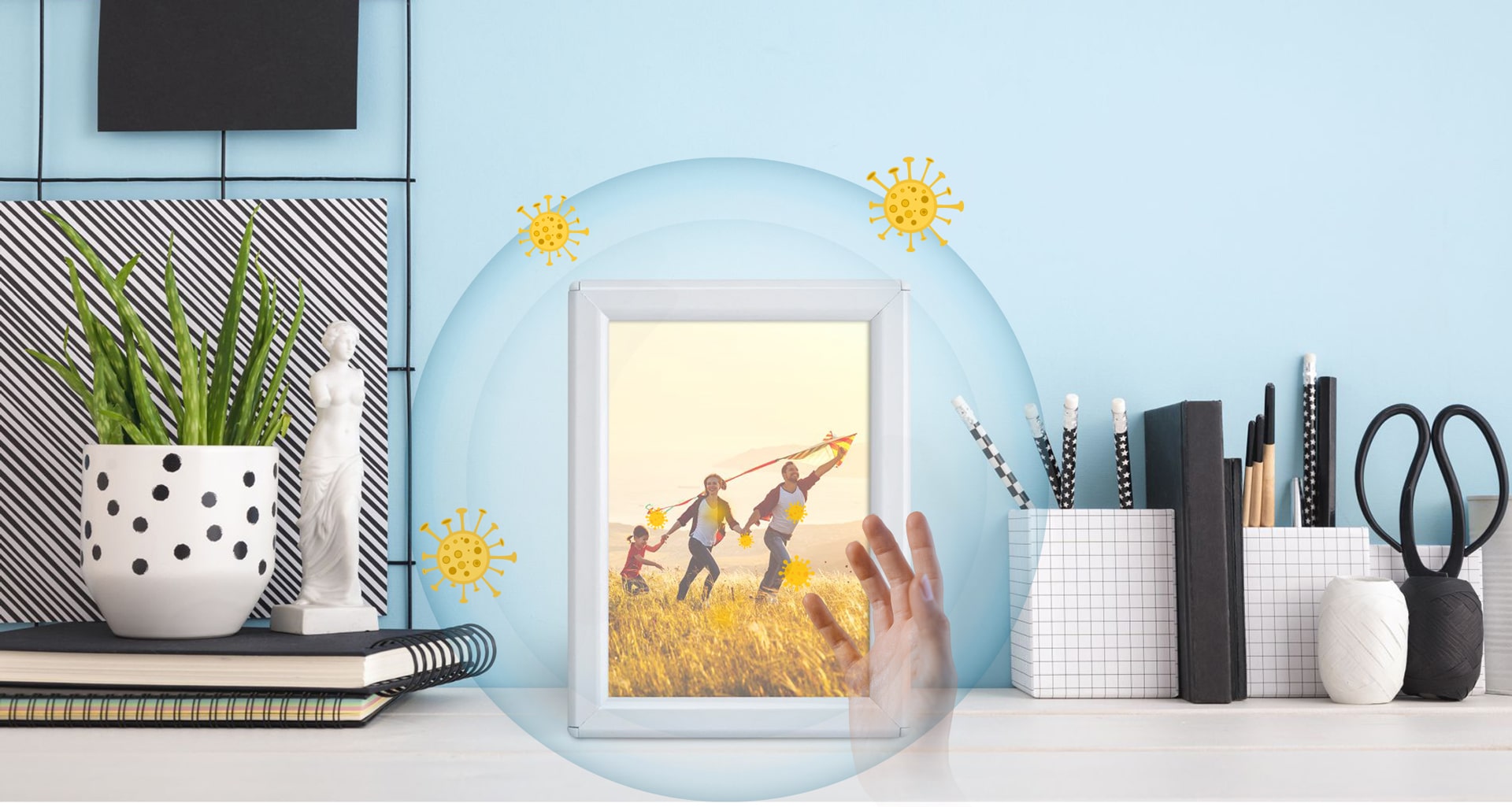Mon - Fri: 08.30 AM - 18.30 PM
-
PRODUCTS
- Opti Frames
- Snap/Poster Frames
- Illuminated Products
- Pavement Signs
- Printable Solutions
- Wood Displays
- Exhibition Displays
- Counter Displays
- Banners
- Poster Holders
- Real Estate Sign
- RESELLER PROGRAM
- MARKETING SUPPORT
- SUSTAINABILITY
- COMPANY
- LET'S PARTNER
-


















